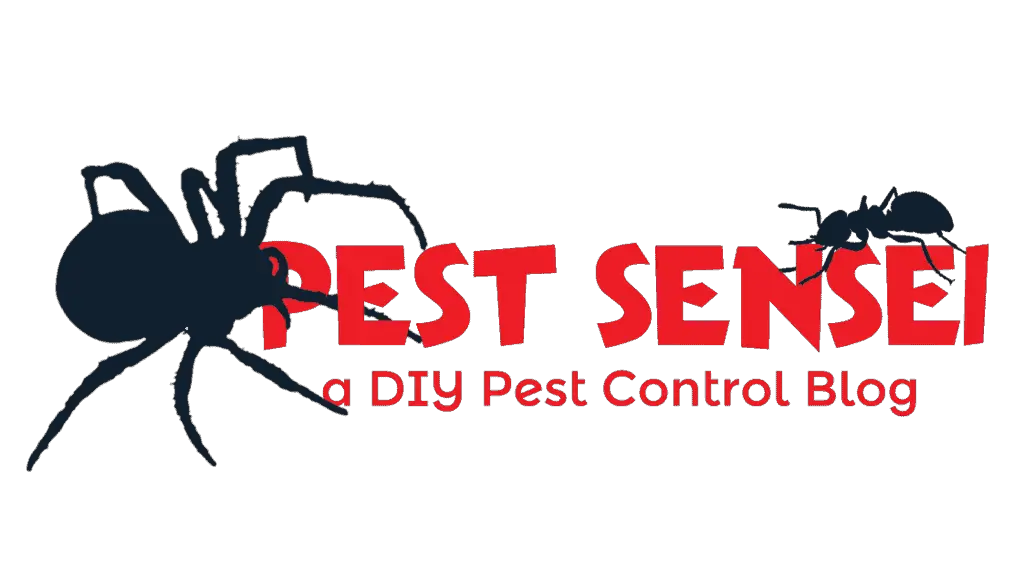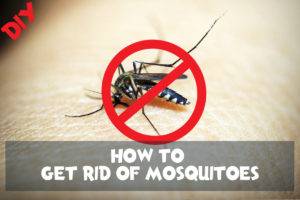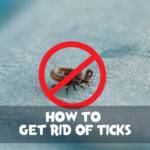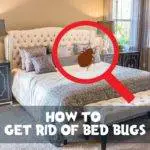Mosquitoes are a nuisance and can even be dangerous. They are responsible for transmitting diseases such as malaria, dengue fever, and Zika virus. During the summer months, when mosquitoes are most active, it is important to take steps to keep your home mosquito-free.
- Understanding Mosquitoes
- Getting Rid of Mosquitoes
- Final Words
- Additional Information
- Do all mosquitoes bite?
- How to differentiate male and female mosquitoes?
- Do mosquitoes bite other animals?
- There are mosquitoes lingering around me but never land or bite. What are they doing?
- I am bitten by mosquitoes. Will I be infected with diseases?
- Can mosquitoes transmit HIV?
- Can mosquitoes bite through clothes?
Understanding Mosquitoes
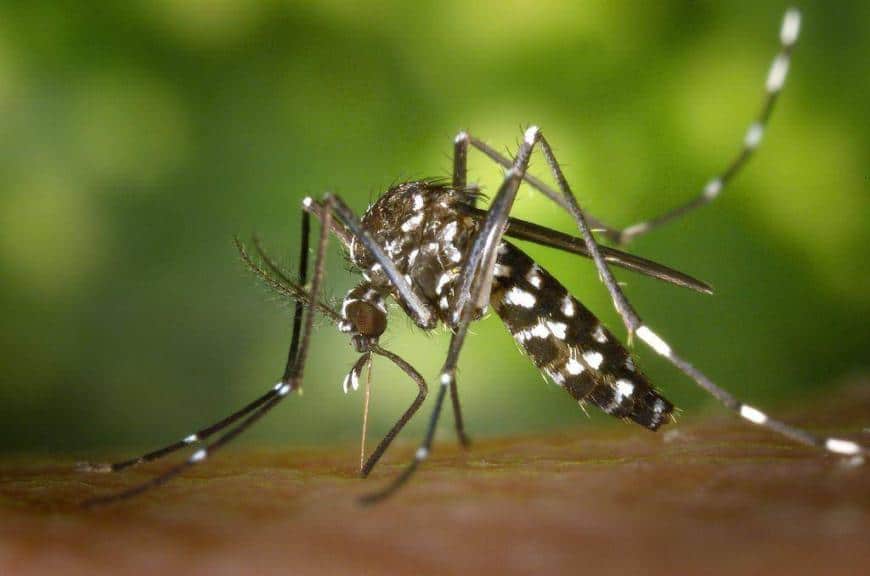
Mosquitoes are one of the deadliest insects in the world, where they transmit diseases such as the West Nile virus, dengue fever and malaria.
Not all mosquitoes bite for blood. Only the females of certain species bite. However, that is enough to cause nuisances due to their blood-feeding behavior.
Mosquitoes have a complete metamorphosis, meaning that they go through four distinct stages in their life cycle: egg, larva, pupa, and adult. All the 3 immature stages are entirely aquatic. Depending on species, they can live in freshwater or brackish water, stagnant water or slow-flowing water.
To achieve effective control, you need to target both the immature stages and adult mosquitoes.
Getting Rid of Mosquitoes
Identify and Eliminate Potential Mosquito Breeding Areas
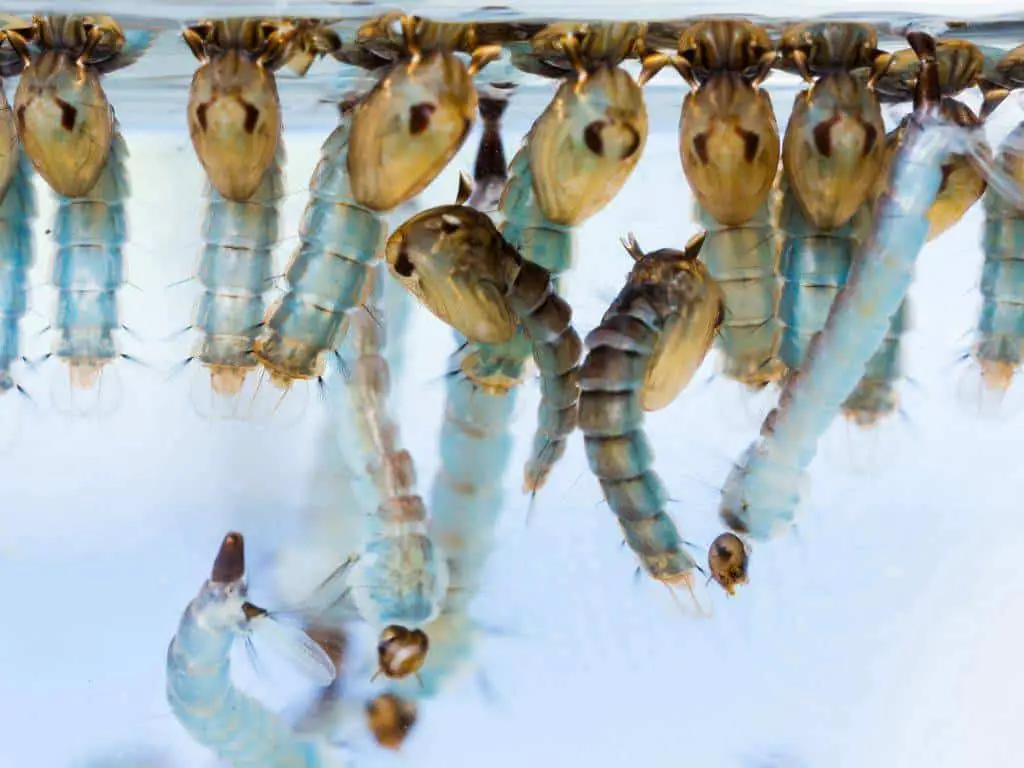
In urban environments, stagnant or slow-flowing bodies of water serve as common breeding grounds for mosquitoes. These breeding areas can include water tanks, discarded tires, clogged drains, rubbish bins, and abandoned containers. By addressing these potential breeding sites, you can protect yourself from mosquito-related issues.
To summarize, dispose of any unused items that might collect water. For items that cannot be discarded, store them under cover or in a way that prevents water accumulation, such as turning over unused buckets.
Here are some examples of how you can tackle potential mosquito breeding areas:
- Discard Unwanted Items.
Consider whether you truly need items that tend to collect water, such as tires, pails, or scrap materials. If you do need them, store them under cover or overturn them to prevent water accumulation. If you no longer need these items, dispose of them. - Keep Your Surroundings Free of Water Receptacles.
Remove all disposable containers, mainly rubbish, from your property that may collect water when left in the open.
- Properly Store Outdoor Equipment.
After using outdoor tools like barbecue grills, kids’ toys, or inflatable pools, ensure they are stored away. Leaving them exposed can lead to water accumulation after rainfall, creating a breeding ground for mosquitoes. - Eliminate Saucer Plates.
If you use saucer plates for potted plants, consider discontinuing their use, as they provide an ideal breeding spot for mosquitoes. - Check Rain Gutters and Annex Roofs.
Ensure that rain gutters on your roof are not clogged. Installing mesh can help prevent blockage caused by fallen leaves, reducing the need for frequent checks. If you have an annex building or tentage with a flat or corrugated roof, inspect it for leaves that may cause water accumulation. - Cover Outdoor Bins.
Inspect your outdoor rubbish bin and replace the cover or get a new bin if it lacks proper covering. Stagnant water in the rubbish bin is something you certainly want to avoid. - Securely Cover Stored Water.
If you have water stored in a container, make sure it is covered. Neglecting this can lead to the presence of larvae, pupae, and shed pupal skins, attracting a high number of mosquitoes. Remember to use the stored water regularly or cover it tightly. - Clean Vases Regularly.
Mosquitoes can breed in the water inside vases, particularly in areas where the Aedes mosquito is prevalent. To prevent this, replace the water in vases every week. Alternatively, consider using water crystals to keep your plants hydrated. - Secure Canvas Coverings.
If you utilize canvas sheets to cover your belongings outdoors, be aware that canvas is a common breeding ground for mosquitoes. Ensure that the canvas is securely tightened to prevent water accumulation, especially along the edges and folds, after rainfall. - Address Drainage Issues.
Promptly clear any clogged drains. Installing a grid over open drains can help reduce the accumulation of fallen leaves that may block the drain. Additionally, be mindful of drains with uneven surfaces or incorrect gradients, as these can create pockets of water where mosquitoes can breed. If feasible, rectify any unevenness or gradient issues. Otherwise, routine larvicide applications may be necessary. - Keep Water Features Flowing.
If you have water features, ensure that the water is continuously flowing. Mosquitoes are less attracted to water features with moving water, as it becomes challenging for them to land and lay eggs, and for larvae to survive. - Fill Tree Holes.
Mosquitoes, particularly the Aedes species, can breed in tree holes. If you come across such holes, consider filling them with sand. While some individuals may use cement or putty, sand is a more suitable option.
By taking these proactive measures, you can significantly reduce the likelihood of mosquitoes breeding around your surroundings.
Destroy Mosquito Breeding
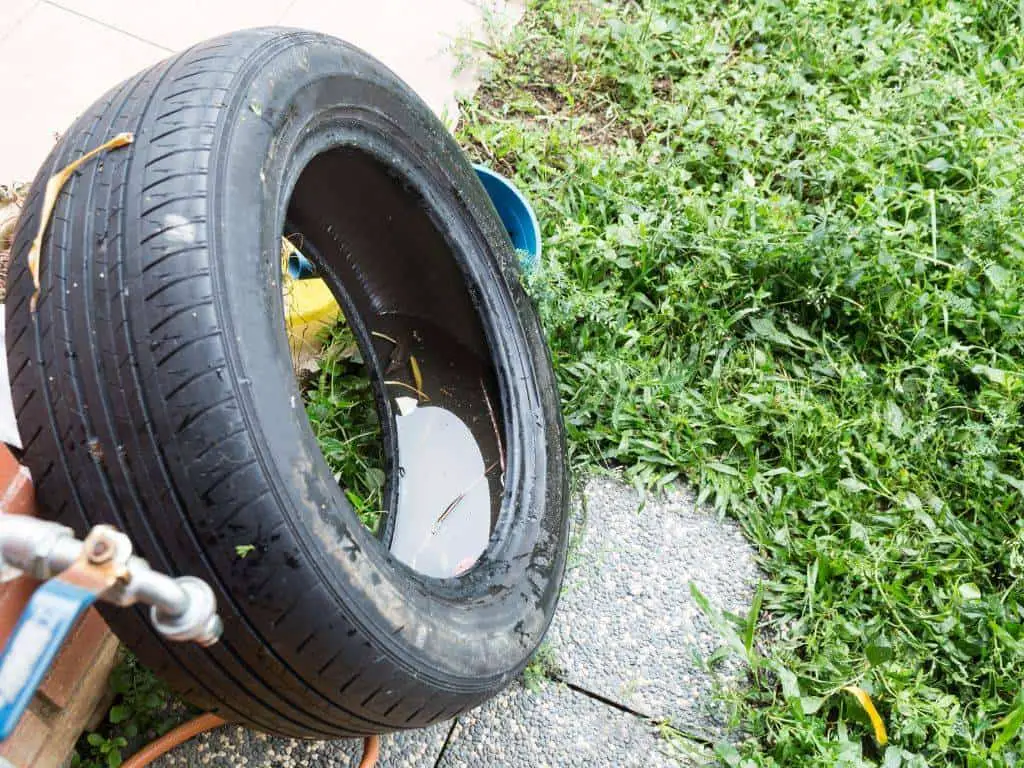
When you come across a mosquito breeding ground, try to drain the water onto the ground if possible. Immature mosquitoes, except for Aedes eggs, cannot survive without water. Another option is to apply larvicides to kill the immature mosquitoes.
In the case of a clogged drain with mosquito breeding, clearing the blockage will suffice. If desired, you can treat the water to eliminate the mosquitoes before addressing the blockage.
However, there may be situations where standing water or receptacles cannot be covered or disposed of, such as ponds, pools, wells, gardening saucer plates, or issues that are too costly to fix, such as drain gradients. In such cases, treatments are necessary.
Hot Water
Mosquito larvae and pupae can be killed by pouring hot water into the receptacles. Boiling water will cause the larvae and pupae to float, effectively eliminating them. This method is suitable for small bodies of standing water.
Soap
Using soap is another option to kill mosquito larvae and pupae. Mix a handful of dish-washing soap with water, ensuring thorough mixing. Pour the soapy water into the breeding ground, and the larvae and pupae will be killed by the following day. This method is suitable for treating smaller breeding grounds.
Essential Oil-based Larvicide
Certain essential oils, when used at the appropriate concentration, can kill mosquito larvae. For a more natural approach, consider using an essential oil-based product like Nature-Cide as a larvicide. However, using essential oils intended for aromatherapy might not be as effective due to lower concentrations. Moreover, it may not be cost-effective.
Mineral Oil
Mineral oil can suffocate mosquito larvae and pupae by depriving them of oxygen. Since they need to reach the water surface to breathe, adding mineral oil to the water prevents their survival. This method is cost-effective for treating deep tanks, as only the water surface needs to be covered with oil, regardless of the water volume. It is worth noting that mineral oil can negatively impact aquatic ecosystems, as it inhibits oxygen exchange and can be washed away by rain or overflowing water.
BTI
BTI, also known as Bacillus thuringiensis israelensis, is a type of naturally occurring bacteria that specifically targets and kills mosquito larvae when ingested. Pupae are not affected as they do not feed.
BTI is highly effective in killing mosquito larvae without harming fish, other aquatic life, or humans (unless ingested). If you have a fish pond that may be breeding mosquitoes, using BTI is a suitable option to eradicate the larvae while leaving other aquatic life unharmed. It is important to note that BTI’s effectiveness may be reduced in heavily-polluted water.
Install Mosquito Screen
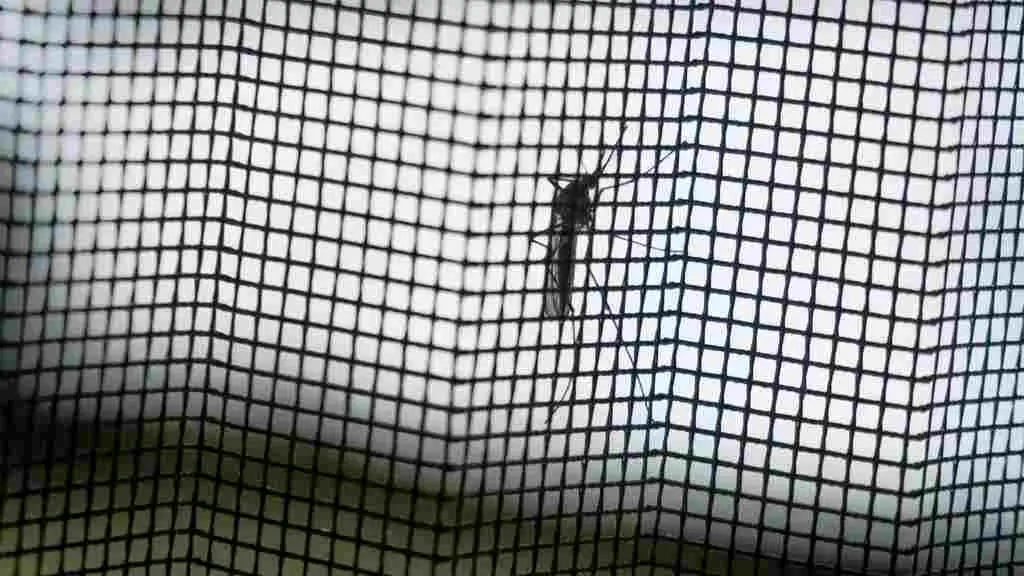
If you are having mosquitoes indoors, and you are pretty darn sure that they came from outside, consider installing mosquito mesh at windows and doors. This will significantly reduce indoor biting activities while still allowing fresh air to circulate.
DIY mosquito screens can be found online, and they can be attached to window frames using magnetic strips, eliminating the need for drilling. You can customize the screen size and assemble it yourself. For doors, opt for larger door screens that can be cut to fit your specific door size.
If you have mosquitoes trapped inside your house, you may need to use a quick spray of PT 565 Plus XLO to eliminate them. This product contains natural pyrethrins extracted from Chrysanthemum flowers, and can knock down mosquitoes within minutes.
Use Mosquito Traps

Various mosquito traps are available on the market, using different attractants such as CO2, lactic acid, UV light, or heat. The purpose of using a trap is to catch mosquitoes before they have a chance to bite you.
Proper trap placement is crucial. Avoid placing the trap near yourself, as you will be more attractive to mosquitoes than the trap. Instead, position the trap around the perimeter of your house to lure mosquitoes away.
If you’re interested in non-toxic mosquito control options and want to find the most suitable trap for your needs, refer to my guide on the best mosquito traps.
Wear Skin Repellents

When going outdoors, it’s a good idea to wear skin repellents to protect yourself from mosquitoes. Effective skin repellents typically contain DEET, picaridin, IR3535, oil of lemon eucalyptus (OLE), or para-menthane-diol (PMD).
If you prefer a natural option, look for products containing OLE, such as Off! Botanicals Repellent, which provides two hours of protection. For longer-lasting protection, consider products containing DEET or picaridin, such as Off! Deep Wood or Ranger Ready Picaridin. Refer to my guide on skin repellents for more information.
Use Spatial Repellents
Spatial repellents are devices that emit repellents into the air to repel flying mosquitoes or disrupt their ability to detect hosts. While not as robust as skin repellents, spatial repellents can be used in combination with other methods for added protection.
Popular spatial repellents for mosquitoes include Thermacell products and Off! Clip On devices. There are portable models that you can carry with you and stationary devices that can be installed in your backyard. Refer to my guide for more information on such technologies.
Final Words
It is important to remember that no single method is 100% effective. It is best to use a combination of methods to get the best results so that you can enjoy your summer without mosquitoes. However, if personal effort doesn’t work, perhaps it’s time to engage your local community to deal with the mosquito issue.
Additional Information
Do all mosquitoes bite?
Not all mosquitoes bite. Only female mosquitoes of certain species bite to obtain a blood meal for reproduction. For example, the elephant mosquito Toxorhynchites spp does not require blood and therefore does not bite.
How to differentiate male and female mosquitoes?
Distinguishing between male and female mosquitoes is possible through their antennae. Male mosquitoes possess feathery antennae, while females have slender antennae.
Do mosquitoes bite other animals?
Yes, they do. Some mosquitoes prefer human blood, but others prefer to bite animals. Mosquitoes can bite anything with blood if the preferred hosts are not around. That includes amphibians and reptiles.
There are mosquitoes lingering around me but never land or bite. What are they doing?
Those are probably male mosquitoes. They know that female mosquitoes are attracted to you and therefore wait nearby for mating opportunities.
I am bitten by mosquitoes. Will I be infected with diseases?
Maybe, maybe not. Not all mosquitoes carry pathogens. Mosquitoes acquire pathogens from biting infected hosts. It takes time for the pathogens to multiply in the mosquitoes’ bodies before the saliva contains enough to cause diseases when they bite you.
Can mosquitoes transmit HIV?
No, mosquitoes cannot transmit HIV. HIV cannot survive within mosquitoes and disintegrates within 1-2 days. Furthermore, HIV is not transmitted through mosquito saliva, which is injected into the host during biting. Even if some HIV particles were present on the mosquitoes’ mouthparts, it would require millions of mosquito bites to transfer enough HIV into your body for an infection. In such a scenario, excessive blood loss or pain would be more concerning than HIV infection.
Can mosquitoes bite through clothes?
Yes, mosquitoes are capable of piercing their mouthparts through tight-fitting clothing made of thin materials to extract blood.
